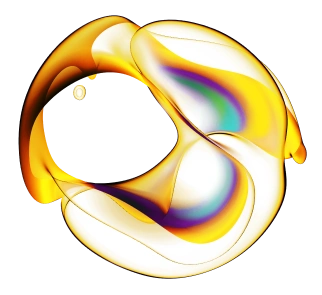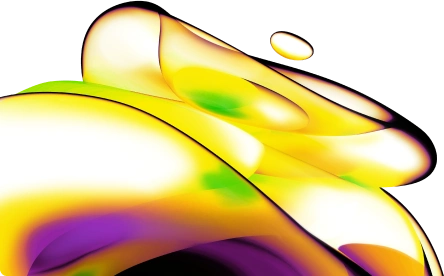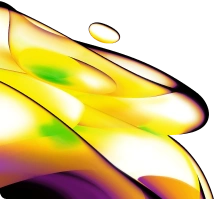

HTRF Human MDA5 aggregation Detection Kit, 500 Assay Points






The MDA5 aggregation kit is designed for the fast detection of MDA5 aggregates in cell supernatants.
For research use only. Not for use in diagnostic procedures. All products to be used in accordance with applicable laws and regulations including without limitation, consumption & disposal requirements under European REACH regulations (EC 1907/2006).
Product information
Overview
MDA-5 is an RIG-I-like receptor that acts as a cytoplasmic sensor of double stranded RNA, and plays a major role in sensing viral infection and in the activation of a cascade of antiviral responses including the induction of type I interferons and proinflammatory cytokines.
It is understood to form aggregates along RNA strands when performing its nucleic acid sensing functions.
It may also play an important role in enhancing natural killer cell function, and may be involved in growth inhibition and apoptosis in several tumor cell lines.
Specifications
| Assay Points |
500
|
|---|---|
| Assay Target Type |
Kit
|
| Assay Technology |
HTRF
|
| Brand |
HTRF
|
| Quantity |
1
|
| Shipping Conditions |
Shipped in Dry Ice
|
| Therapeutic Area |
Infectious Diseases
Inflammation
|
| Unit Size |
500 Assay Points
|
Video gallery


How it works
MDA5 aggregation assay principle
MDA5 aggregates are measured using a sandwich immunoassay involving an anti-MDA5 monoclonal antibody specific for MDA5 aggregates, and labelled with terbium-Cryptate or d2, ensuring assay quality, reproducibility, and signal quality. The specific HTRF signal generated is proportional to the amount of MDA5 aggregates.

MDA5 aggregation assay protocol
The cell samples are transferred into the assay plate for the detection of MDA5 aggregates. The antibodies labelled with HTRF fluorophores may be pre-mixed and added in a single dispensing step to further streamline the assay procedure. The assay detection can be run in 96- to 384-well plates by simply resizing each addition volume proportionally

Assay validation
MDA5 aggregation in HUTU80 cells stimulated with Poly I;C
HUTU80 cells were plated in 96-well plates in complete culture medium, and incubated at 37°C, 5% CO2. The next day, cells were treated with Poly I:C (HMW)/LyoVec in low serum medium (0.5% FBS) for 2h at 37°C, 5% CO2. After treatment, cells were then lysed with supplemented lysis buffer #3 for 30 minutes at RT under gentle shaking, and 16 µL of lysate were transferred twice over into a low volume white microplate before the addition of 4 µL of the premixed HTRF aggregation MDA5 or Total-MDA5 detection reagents. The HTRF signal was recorded after ON incubation.

Resources
This guide provides you an overview of HTRF applications in several therapeutic areas.
Advance your autoimmune disease research and benefit from Revvity broad offering of reagent technologies

SDS, COAs, Manuals and more
Are you looking for technical documents for this product. We have housed them in a dedicated section., click on the links below to explore.


How can we help you?
We are here to answer your questions.






























